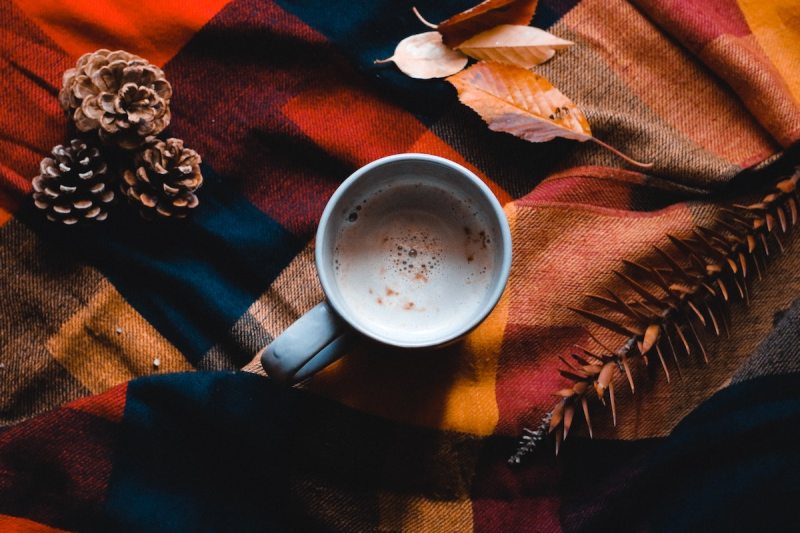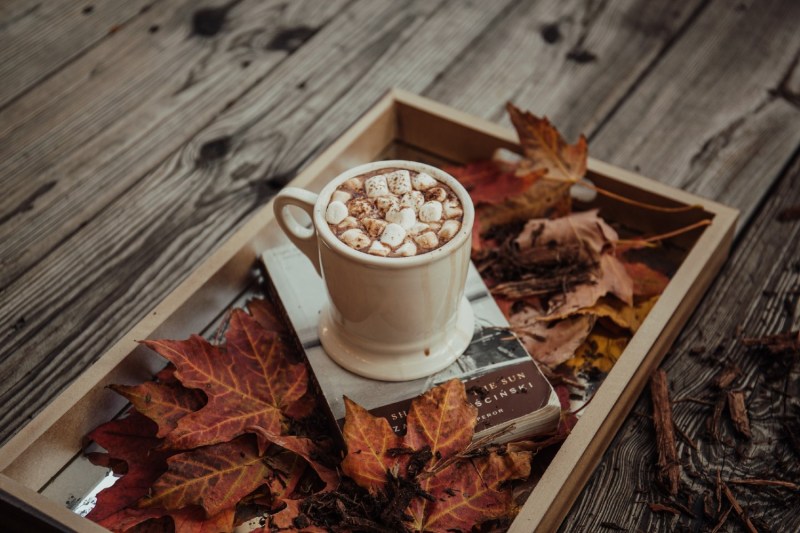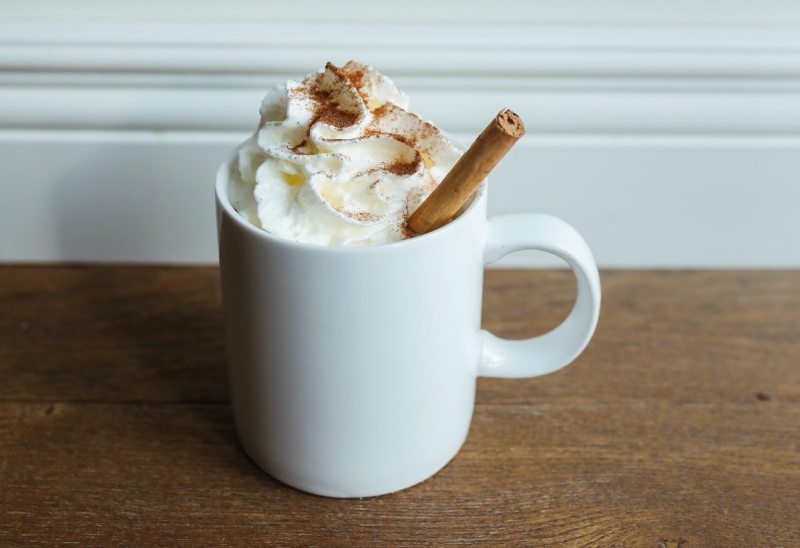
Every season has a signature beverage. Iced tea is the standard for spring, summertime sipping adds lemonade, and hot apple cider drinks are more abundant in autumn than falling leaves. Without a doubt, though, the beverage synonymous with wintertime and the holidays is hot chocolate.
Hot chocolate is the go-to beverage when the temperature dips below freezing and for when fresh snowfall covers the ground. Slurping down warm cocoa feels almost as good as taking a hot bath after a day in the snow and there’s nothing better on a frigid winter evening than sipping a steaming cup of hot chocolate while marshmallows bob for their lives.
If you’re still not convinced that hot chocolate is the dominant winter beverage, name another drink with numerous songs extolling its virtues. Listen to “America’s Dad,” Tom Hanks, belt out a few lines about hot chocolate in The Polar Express, and you’ll crave a cup almost immediately.
History of Hot Chocolate
Before jumping into a simple recipe to make hot chocolate right in your kitchen, let’s quickly retrace the origins of America’s favorite decaffeinated hot beverage. Feel free to repeat this brief history lesson back to kids waiting for their cocoa to finish or to impress a romantic interest spending a frigid winter evening at your place during the holidays.
The origins of drinking chocolate traces back to the Mayans, who drank ground-up cocoa seeds in water, typically adding cornmeal and chili peppers to the mix. The process involved pouring the concoction from one cup into another, back and forth to build up a thick foam, and then drinking the chocolate water cold.
The chocolate drink recipe worked its way through Europe between the 1500s and the 1700s but the evolution of hot chocolate into the drink we all love today started with a physician named Hans Sloane. Sloane developed a system for mixing chocolate with milk instead of water at some point in the late 1700s.
The original use for hot chocolate was to treat stomach and liver diseases until, eventually, the brew evolved into an after-dinner treat for the upper class.
Simple Hot Chocolate Recipe

Ripping open a packet of Swiss Miss or Nestle hot chocolate is perfectly acceptable, especially if you’re dealing with impatient kids, but making hot chocolate from scratch produces something far more delicious and much more satisfying to the palate.
If you’re not sure how to make hot chocolate from scratch, the process could not be more straightforward. In fact, making hot chocolate is so easy, you’ll probably never go back to the packet process ever again.
Just be sure all the necessary ingredients are buried somewhere in your cabinets because you’re not going to feel like trudging out in the snow for unsweetened cocoa powder or vanilla extract.
Ingredients:
- 4 cups milk (your choice)
- .25 cup of baking cocoa
- .5 cup sugar
- .75 teaspoon of vanilla extract
- 1/3 cup of hot water
- Pinch of salt
Methods:
- In a saucepan, combine sugar, cocoa, and salt.
- Add water and bring everything to a boil.
- Cook and stir for 2 minutes before stirring in milk.
- Heat the hot chocolate to serving temperature but do not boil.
- Remove pan from heat and slowly stir in vanilla extract.
- Whisk drink until frothy.
“A crucial reminder when making hot chocolate is that the type of cocoa, the brand, and the quality of the chocolate will yield different results. In other words, if you buy crappy cocoa, you’re going to get a crappy cup of hot chocolate,” explains Neomie Eliezer, a pastry chef, and contestant on the newest season of Holiday Baking Championship on Food Network.
How to Liven Up Hot Chocolate

If you’ve mastered how to make hot chocolate but the typical cup of warm cocoa starts to get old, there are simple ways to spice up the drink with minimal effort. We’re talking about going above and beyond the standard marshmallow topping.
Neomie offered a few tips for ways to make the typical cup of hot cocoa a little more exotic:
- Cinnamon: Throw in a cinnamon stick – or ground cinnamon – and it adds a whole new layer of flavor to the hot chocolate. So tasty.
- Cayenne Pepper: While we’re on the spice topic, turn your basic hot chocolate into a spicy Mexican hot chocolate by just tossing in some cayenne pepper in there for a sweet but spicy treat.
- Thick Hot Chocolate: The simplest way to make thick hot chocolate is to add corn starch into the milk during the process, but another option is to make a ganache if you’ve got the baking chops and then thin it down a little with milk or water.
Editors' Recommendations
- How to make an Old Fashioned cocktail the right way
- How to make a mojito: The ultimate cocktail recipe
- How to make The Last Word cocktail, a gin classic from another era
- The grasshopper drink is a retro blast from the past — this is how to make it
- How to make a buttery hollandaise sauce like a professional chef



